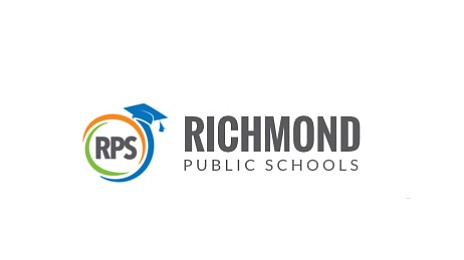Getting a pass?
Some fully accredited schools don’t always spell success
Jeremy M. Lazarus | 10/12/2017, 9:45 p.m.
Are public schools that are labeled fully accredited actually providing a good education for at least the large majority of their students?
As it turns out, independent research indicates that label can be as phony as a three dollar bill.
Richmond is a prime example.
While the state has reported that 18 city schools were fully accredited, independent research shows at least eight of the schools did not actually meet state benchmarks.
In other words, the percentage of students at those schools earned passing grades on Standards of Learning (SOL) tests fell below the minimum in one or more subject areas.
“For a school to earn full accreditation,” according to the state “students must achieve adjusted pass rates of at least 75 percent in English and at least 70 percent in mathematics, science and history. High schools must also meet a benchmark for graduation and completion.”
The adjustments and waivers that have been pushed by the General Assembly and the state Board of Education are now so huge that schools can be rated as fully accredited even though up to half of students cannot pass SOLs, according to retired attorney John Butcher of Richmond, who supplied the independent research.
Mr. Buthcer crunches state education data for a hobby and reports his findings on “CrankysBlog.”
He points to E.S.H. Greene Elementary as a prime example of what he calls “accreditation inflation.”
The Richmond school was rated as fully accredited even though the percentage of students passing SOL tests in 2016 was far below the minimum standards.
In reading, for example, only 51 percent of students at Greene passed the SOL test, far below the 75 percent requirement, according to the original data reported to the state, Mr. Butcher stated.
But Greene has a large number of Latino students who struggle with reading English and are listed as English Language Learners or ELL. The state allows Greene to throw out their results.
That adjustment pushed the percentage of Greene students passing the SOL reading test to 81 percent, a 30 percent jump from the real figure and more than enough to meet the state benchmark of 75 percent.
Mr. Butcher noted that the state published Greene’s 81 percent results in a school-by-school report that was issued to the public and media outlets. He simply went deeper to get the data on Greene and other city public schools before the state applied adjustments.
“Greene enjoyed similar, if smaller ‘adjustments’ in math and history so the school “met the benchmarks in those subjects,” Mr. Butcher found.
Greene still fell short in science despite a 10 percent adjustment in that subject, Mr. Butcher noted.
Nonetheless, the school “remains fully accredited,” he wrote. That status is due to a policy imposed by the General Assembly. A school that was fully accredited for three years remains fully accredited for three additional years no matter how well students are faring.
The other Richmond schools that did not meet benchmarks include five other elementary schools: Bellevue, Linwood Holton, J.L. Francis, Miles Jones and Southampton; and two high schools considered among the best in the city, Franklin Military and Richmond Community.
In the case of the two high schools, less than 70 percent of students passed math SOL tests, but the three-year waiver policy allowed those schools to remain fully accredited. At Richmond Community the pass rate was 68 percent, and at Franklin Military the pass rate was 64 percent.
The bottom line: The educational situation in Richmond is “worse” than the state has described, according to Mr. Butcher.
The system has 19 schools that were denied accreditation due to missing the benchmarks for four years and seven others that were only partially accredited, the state reported.
“Accreditation inflation” is about to get worse under a revamp the state Board of Education plans to put in place, Mr. Butcher believes.
The new rules would count toward accreditation for schools with students who failed SOL tests as long as those students came closer to passing the tests.
Mr. Butcher noted that the state, meanwhile, has abandoned the calculation of student growth profiles, which quantified the progress each student made on SOL tests compared with other students across the state with similar achievement histories.
Those student profiles provided “accurate, comparable information about teacher, school and school division performance,” Mr. Butcher stated. Killing the profiles means that anyone looking at test and accreditation results is now dependent on less reliable information in seeking to learn about school performance, he stated.
In his view, the state has created an accreditation process that produces “meaningless numbers that favor some schools over others.”






